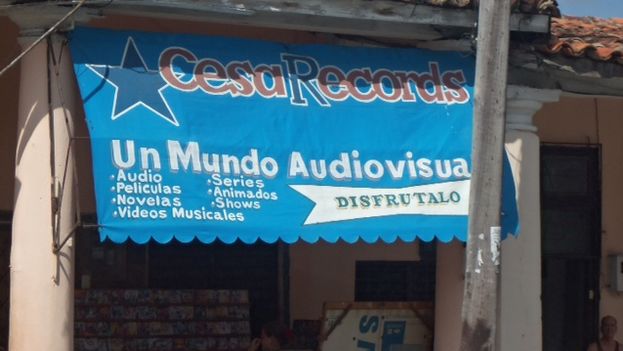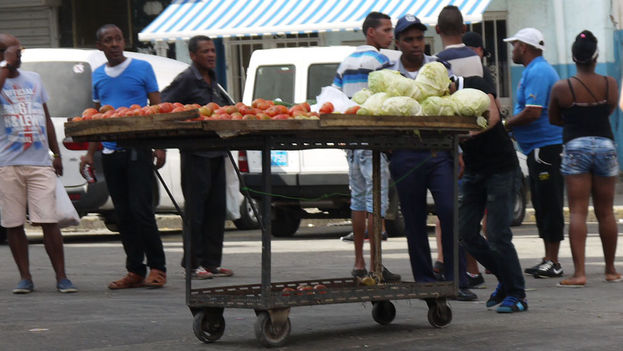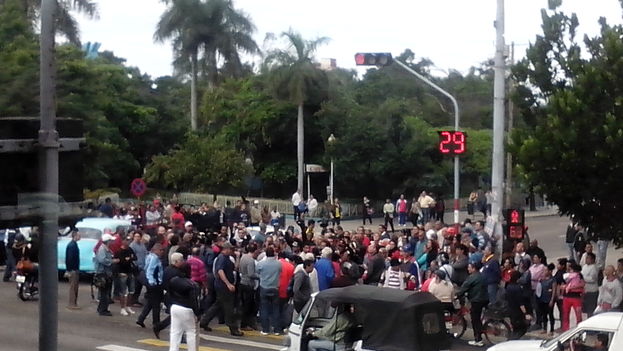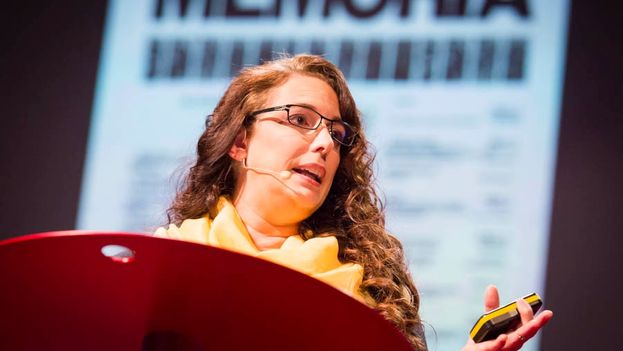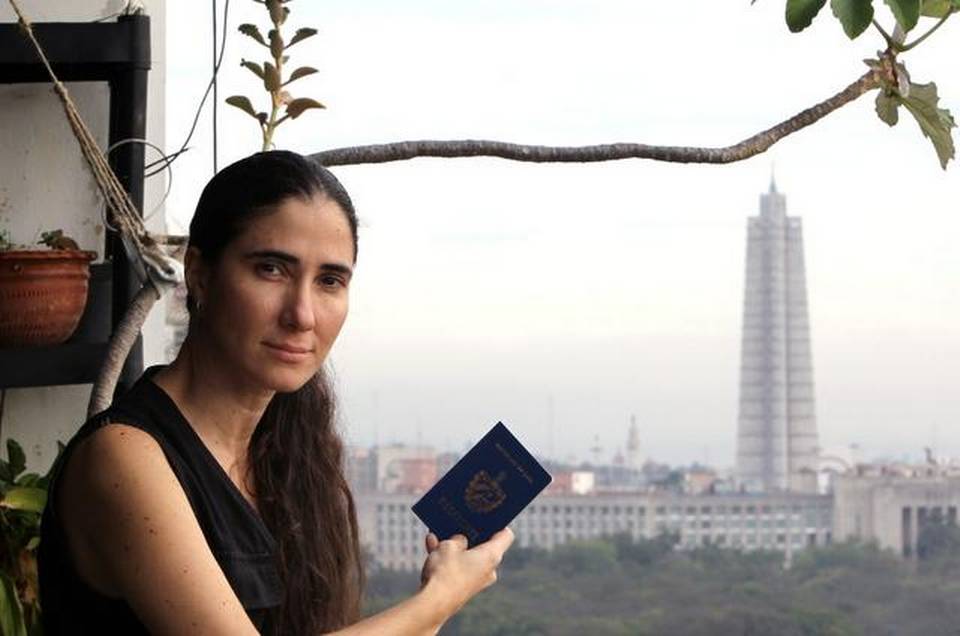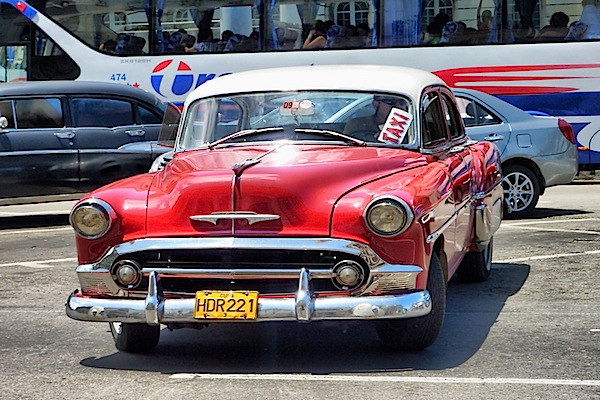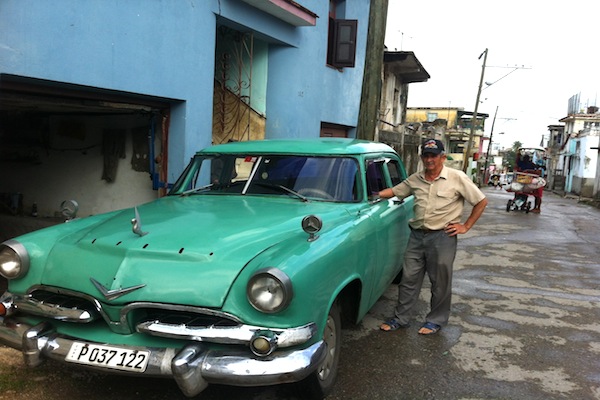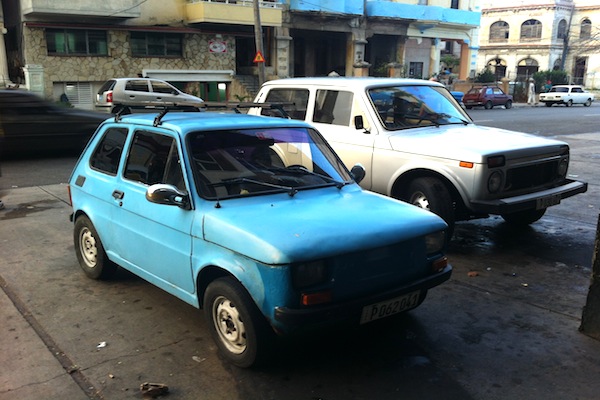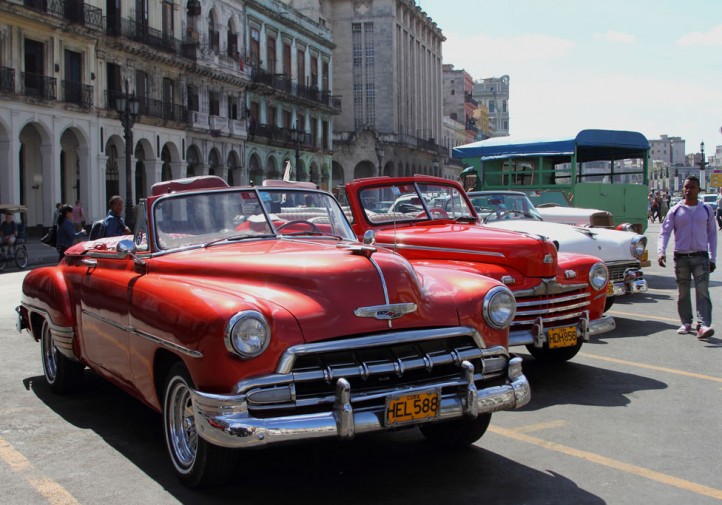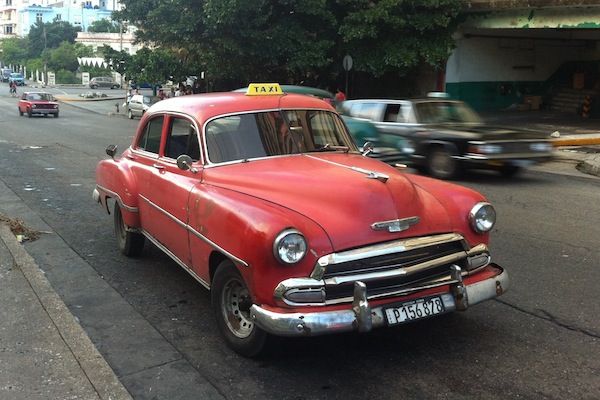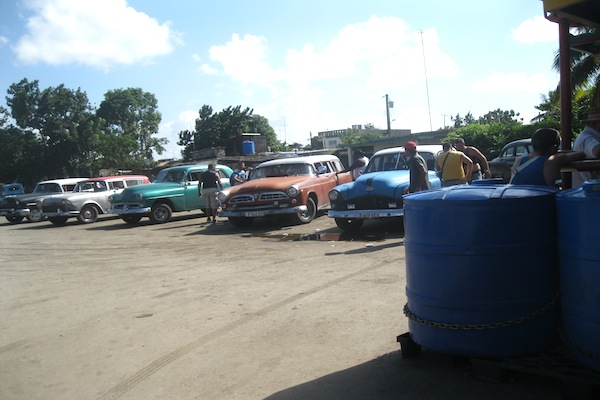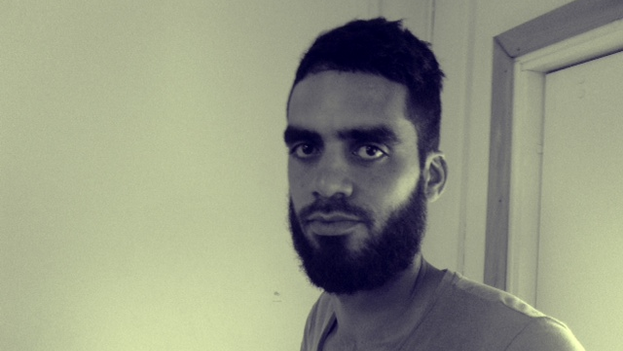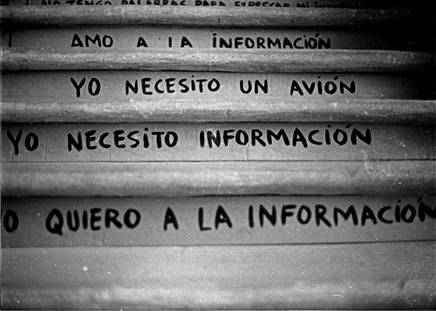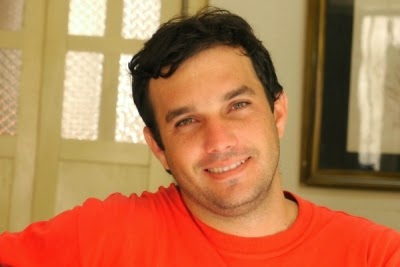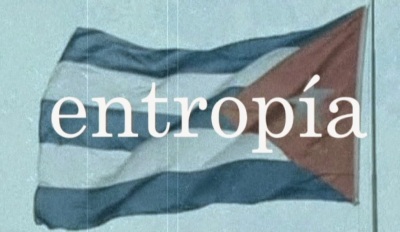The decision of the president of United States to reestablish diplomatic relations with Cuba, the interruption of which was so negative for the Cuban people, such that everything that happened in the last 53 years is related to this event, especially the setbacks suffered in material well-being, freedom and rights, which returned the country to a situation similar to that which existed on the island before 1878.
The antecedents to the rupture date back to 1959, when the revolutionaries replaced in 1940 Constitution with the Fundamental Law of the Cuban State, the prime minister assumed the duties of the head of government, and the Council of Ministers the functions of Congress, together marking the start of the concentration of political and military power in one person, the concentration of property in the hands of the state, and the dismantling of civil society.
The escalation had as a starting point the nationalization of American properties and the response by the United States to break diplomatic relations and implement the embargo; the confrontation of over half a century that brought material losses and armed conflicts with tens of thousands of deaths, pain and suffering.
The reestablishment is the result of multiple factors, among them:
1 – The unworkability of Fidelismo, incapable of satisfying the most basic needs of the people.
2 – The failure of Venezuela, multiplied by the sharp fall in the price of oil and its effect on the subsidies to Cuba.
3 – The frustration of American policy intended to promote changes within the island.
4 – The use made by the Cuban government of mistakes in this policy to affect relations between the United States and the other countries in the region.
5- The use of the dispute by the Cuban government to justify the failures of it model.
6 – The shift in American policy since the first term of Barack Obama.
7 – The changes introduced since Raul Castro assumed the leadership of the state.
As an external conflicts tend to demobilize internal conflicts, the Cuban government utilized the dispute to block the rearmament of civil society, excuse the inefficiency, and avoid any commitment to human rights, and 18 years after taking power it institutionalized Fidelismo.
In the image and likeness of the Soviet Union it approved a the Constitution which endorsed the Communist Party as the leading force in society and of the state, and created a unicameral parliament that confirmed Fidel Castro as chief of state and the government.
The collapse of socialism in Eastern Europe unveiled the failure. The government had to introduce a package of short-term reforms that were paralyzed as soon as they begin to give birth to a middle-class.
The inefficiency resulting is reflected in the loss of any relationship between wages and the cost of living, the growth in the activities outside the law to survive, the massive exodus and the decline in population.
In this context General Raul Castro assumed leadership of the state and implemented a package of measures that demonstrated the exhaustion of Fidelismo, because the efficiency to conserve power turned out not to be transferable to the economy.
Worsening conditions and despair begin to march at a rhythm faster than that of the changes, one of its manifestations was the growing exodus, which represented a potential danger for the United States
To this we add a foreign-policy deployed by Cuba toward Latin America that managed to affect American influence in the region. As a result of these and other events the dispute became detrimental for both parties. The Cuban government failed in the attempt to manage an efficient economy and the United States government failed to yield to Cuba: Fidelismo failed and the embargo failed.
This no-win situation led to indirect contacts which led to direct and secret conversations, accelerated by various factors, the most decisive of which was the danger that the American citizen Alan Gross would die due to the worsening of his health.
Without ignoring the major obstacles to be overcome, the reestablishment will prevent an exit strategy that threatened violence and a massive immigration to the United States, and at the same time will remove the bases that allowed the totalitarian model to decide the fate of the country and each one of its inhabitants.
Because of this, the decision is useful to the interest of the United States; useful to the Cuban government, to whom it provides a “decent” exit; and above all, useful to Cubans in creating an environment favorable to their empowerment
The intention of the Cuban government, more than renouncing the confrontation, consisted in forcing in the United States to relax the American measures without undertaking internal changes that threaten the power of the Cuban government. However President Obama’s speech and the communication from the White House do not respond directly to this intention.
What’s more, the US president did not mention the Government, but rather Cuba and its people, announcing together with the instructions to reestablish relations, a package of measures directed to create conditions for citizen empowerment, in a context characterized by the end of the Fidelismo and growing discontent among Cubans.
Obama’s speech, although it doesn’t directly require the Cuban government to reestablish civil liberties, places it in an awkward position in its own country and before the international community. With that in place, the “enemy” is in the foreground of the Cuban government’s conduct with its own people. The rest is up to us.
Although the government and its press tried to make us believe that what happened was a limited exchange of prisoners and the reestablishment of relations, going forward attention will focus on the relationship between the people and the government, such that the news of this December 17 is the death certificate of Fidelismo and the event of greatest political significance in Cuba since 1959.
More important than agreeing or not agreeing with what happened, is taking advantage of the positive brought by the new scenario to fight for the recovery of the condition of citizenship. The success of the measures announced by the White House depend not so much on the will of the regime but on that of the Cuban people; something that cannot be brought by Obama or any external force, but only by ourselves.
The controls on a people lacking the arms of civic institutions will slow the effects, but they cannot avoid them. The government’s first manifestations of resistance was to remain silent about the measures proposed by the White House and to simply say that with a people like ours we can reach the 570th year of the Revolution.
However, the transformations that are happening in the economy will move inexorably to other sectors of society. And in this process, the speed, the rhythm and the direction, which were defined by the Cuban government before the normalization of relations, will suffer serious alterations, among others the emergence of a middle-class, the rebirth of civility, and the recovery of the condition of citizenship.
Published in Diario de Cuba
2 January 2015


